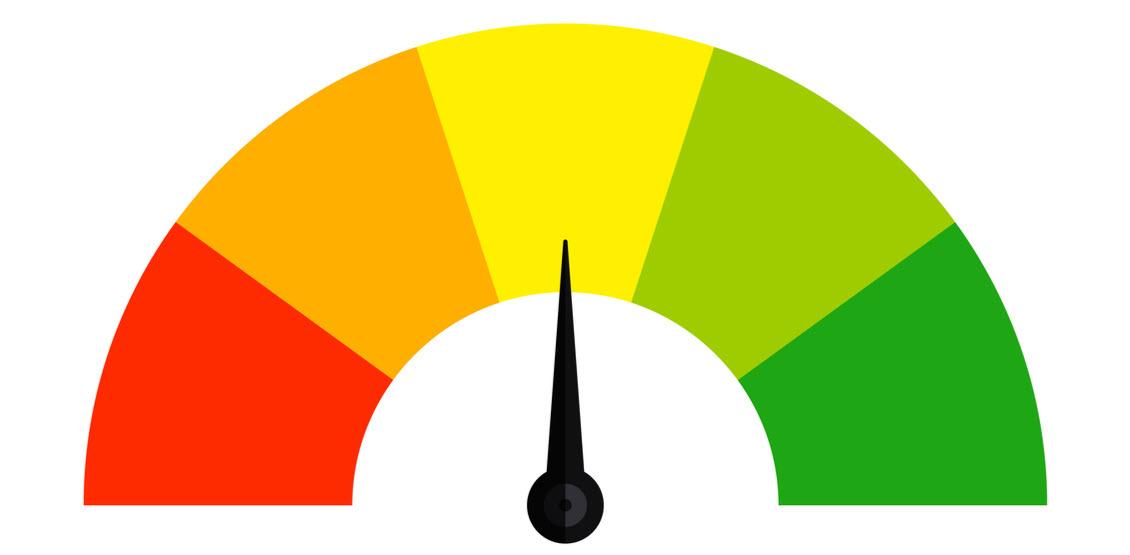Whether it is to comply with GDPR, cleanse emails for a mailing campaign, or ensure that new users provide you with a deliverable email address, DOTS Email Validation 3 (EV3) is a powerful tool that will ensure the accuracy of your email addresses. Our email validation service is extremely popular with customers and data validation experts alike for a good reason: it has extremely robust capabilities, performing over 50 tests to determine the validity of an email address.
Part of the power of Email Validation lies in its depth of features. It has the power to correct common typos in domain addresses or syntax, detect fraudulent addresses and flag known spammers, among many other tests. But for most users, the most important thing it does is take the results of its validation tests and give you a simple, quantitative score for how valid your email address is.
| Score | Description |
|---|---|
| 0 | Email is Good |
| 1 | Email is Probably Good |
| 2 | Unknown |
| 3 | Email is Probably Bad |
| 4 | Email is Bad |
But what do these scores mean? Read on, and we’ll break it down for you.
How to interpret your Email Validation scores
The Email Validation service returns a score that ranges from 0 to 4, representing how likely it is that an email address is valid. Lower numbers are better: a score of 0 indicates a good email address, and a score of 4 indicates a bad one. Simple enough, but what if the score we return is in between these two numbers? Since we run over 50 validation tests, there are a variety of reasons why a particular score is chosen, so let’s look at what these numbers really mean.
Score 0 – Email is good
We give a score of 0 to an email address that we have a lot of confidence in. This generally means that its SMTP server was good and that our service was successfully able to communicate with it. This score also means that we did not find the email address to contain any vulgar, garbage or bogus arrangement of characters.
In some cases where we return a zero score, we can even determine if the mailbox of an address is valid: for example, in the case of the address example@serviceobjects.com, this would mean that the “example” part of the email address was valid with the SMTP server. The validity of the mailbox can be viewed in the IsSMTPMailBoxGood response from the service as well.
Score 1 – Email is probably good
We give a score of 1 to email addresses that appear to be mostly good but may have some extenuating reasons for why we are hesitant to call it completely good. For example, email domains that are considered to implement greylisting techniques often receive a score of 1: this doesn’t necessarily call into the question the validity of the email address, but rather indicates that one may encounter greylisting behavior when trying to interact with this address.
(Greylisting, by the way, is when an email domain temporarily rejects incoming emails from unfamiliar senders. The logic of greylisting is that regular email servers will queue and reattempt delivery of your message, while bulk spammers won’t. However, delivery of your email may be delayed anywhere from minutes to days.)
Generally speaking, scores of 1 and 3 are relatively rare. Most emails will be able to be classified into a score of 0, 2 or 4. Scores of 1 and 3 are reserved for cases where we are hesitant to call an email completely good or completely bad.
Score 2 – Unknown
A score of 2, in essence, indicates that the service was not able to make a definitive decision about whether or not an email address was valid. One of the most common reasons for this is when the mailbox for the email address is a “catch all domain” like yahoo.com, which will essentially receive any email that is sent to any mailbox at that domain. Even if the specific mailbox does not exist, the domain will still receive the email message. Another reason that may cause a score of 2 is greylisting by a mailbox domain.
Score 3 – Email is probably bad
These scores are for email addresses that are most likely bad but don’t fail enough of our validation tests to incur a completely bad score. Like emails with a score of 1, these are generally rarer than the other scores. Results that may move an email from a score of 2 to a score of 3 include getting a flag indicating that the email string contained bogus, vulgar or garbage characters. Email addresses with a score of 3 still may be deliverable, however.
Score 4 – Email is bad
If an email returns a score of 4, this means that it failed one of our more serious validation tests. For example, this email address may have had an invalid DNS, an invalid domain syntax, or the mail box simply does not exist. If an email address fails one of these important tests our service will forgo all of the subsequent tests and return a score of 4.
How to use your scores
Generally, we recommend that clients consider emails with a score of 0 to 2 as “good” emails. However, you may want to use the additional results that Email Validation returns along with your own use case to determine the best emails to target. For example, if you want to be more conservative with your email campaigns then only sending emails to score 0 and 1 addresses may be the appropriate way to proceed. Conversely, if you would like to reach the broadest crowd possible, allowing emails with scores of 0 to 3 may be beneficial for your use case.
In a very real sense, DOTS Email Validation 3 serves as a consultant for your outbound email efforts: it provides you with data, but lets you make the final decision about who to send to. Understanding the scores we provide helps you use this data effectively – and in the process, get the most value out of your email contact assets.













